#super plant
Text

the wandering painter, part one
instagram | shop | commission info
#artists on tumblr#illustration#animated illustration#animation#backgrounds#animated gifs#background illustration#myillust#landscape#plants#scenery#summer#hiii! just wanted to share an artwork i made that's super fresh from the oven ksfknsf#'the wandering painter' will be a series that consists of artworks that has elements that i struggle to draw and am trying to improve on!#ive always really struggled with the process of painting (for example) clouds fields grass grasslands flowers etc#despite the end result coming out satisfactory imo but i cant deny that it most of the time feels like a fluke#so this series would consist of my journey of improving how to draw said elements/areas more confidently :D#this artwork in particular - i studied and practiced how to paint/draw silver grass better along with grasses and clouds#i feel like im sorta getting the hang of it but theres definitely room to study and experiment how i can paint it better#so yeah! nonetheless i really hope you'll like this! and i hope you'll have a lovely day/night ahead <3333
8K notes
·
View notes
Text
I don't mean it in a creepy way I promise, but I feel a kinship with China, Japan and Korea i wish more people from my region shared, because...we have sister ecosystems!
It's actually amazing, there are so many plant genera that are not closely related to anything else and just have a couple living species: One (or two) from mid latitude Southeast Asia, and one from the Southeastern USA.
For example, the two living lotus species (sacred lotus and American lotus), the two living tulip tree/ Liriodendron species, the Chinese and American sweetgums (Liquidambar spp.) the Chinese and American trumpet vines (Campsis spp.) the Chinese, Japanese and American wisteria (Wisteria spp), the Chinese, Taiwan and American sassafras (Sassafras spp.) I KNOW i'm forgetting many of them because there are so many. Twins!!!!
And there's so many iconic plant groups shared in common between East Asia and SE USA. Like dogwoods, magnolias, rhododendrons, we even have our own bamboo!!!
I think a lot of how strangely familiar each ecosystem would feel to someone visiting from the other one.
And I bet there's a lot of ecological knowledge and insights we could share with each other...
Sister ecosystems...
#plants#i think about this alllllll the time#like wow they are so far apart but half the time we have a unique plant#it has a super close relative in china and/or japan and nothing else is anything like it
6K notes
·
View notes
Text



98 lovemail doodles >_<
#trigun#meryl stryfe#milly thompson#nicholas d wolfwood#i was able to convince my friend to start 98 after we got back from AX HAHA and so i wanted to doodle the gang again ^_^#it's so funny how i always draw trimax ww super grumpy but then my 98ww is always such a goofy goober BAHAHA#trimax ww is still pookie to me tho dont get it twisted!!! ^_^#but yeah it's fun to decide how i want to differentiate between the different versions of ww#also i love 98 meryl so much she is so let me speak to the manager core (heart eyes)#and the color palette for vash i referenced from the lost july episode bc I LOVE IT SOOOO MUCH THE COLORS IN THE PLANT STATION SCENES#idk what it is abt it but it tickles my brain. so pretty T__T#man im fr that type of artist who is posting different versions of the same drawings on different platforms LOL#but yall on tumblr and ig get it better imo hehe. when i post on twitter im like fucket whatever#i usually dont post on tumblr/ig until a day or two later so by then i make a couple of changes/finish stuff/color stuff#so here u go enjoy the colored versions of these doodles HAHA
6K notes
·
View notes
Text

painted myself an artemis in a bog setting
#my art#i so wanted to draw her in a bog setting#but super gave up with the plants#artemis fanart#hades artemis#artemis#hades 2 fanart#hades game#hades supergiant#digital art
583 notes
·
View notes
Photo
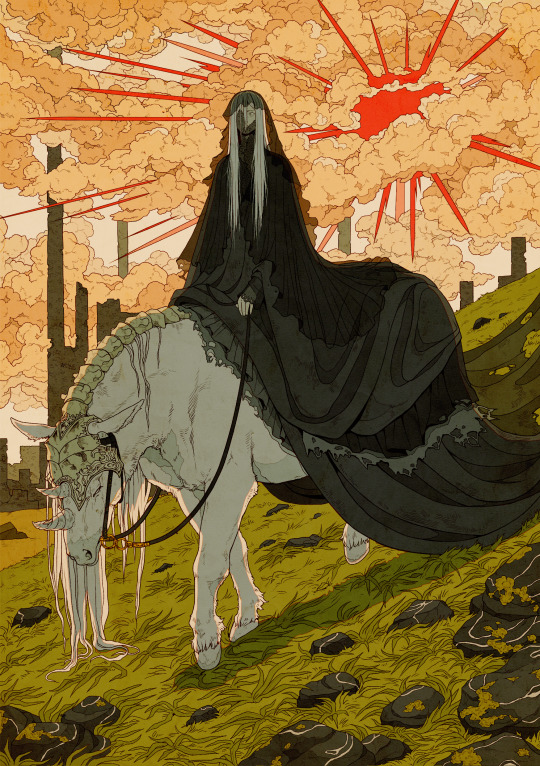
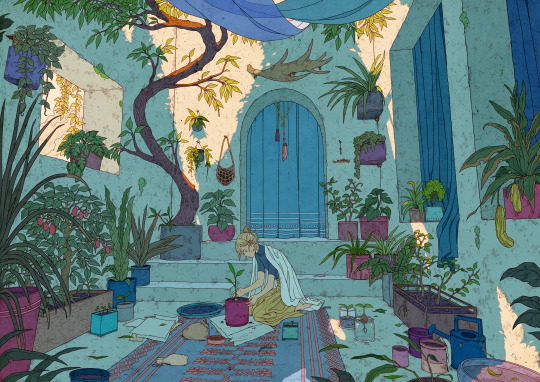

My favorite pieces this year
#artists on tumblr#thank you so much for another year#as long as i can keep doing art#i'm super grateful#got to work on some cool projects#tried to push myself to socialize more#it's hard#super mega hard#but i met a few new people and made friends i think??#got to play d&d finally#trying to learn how to make friends as an adult lmao#after just focusing on drawing my whole life#shoutout to my plants as well#holding together my mental health through the winter#it's my 3rd christmas in germany#glad to spend another one with my partner in gay
14K notes
·
View notes
Text
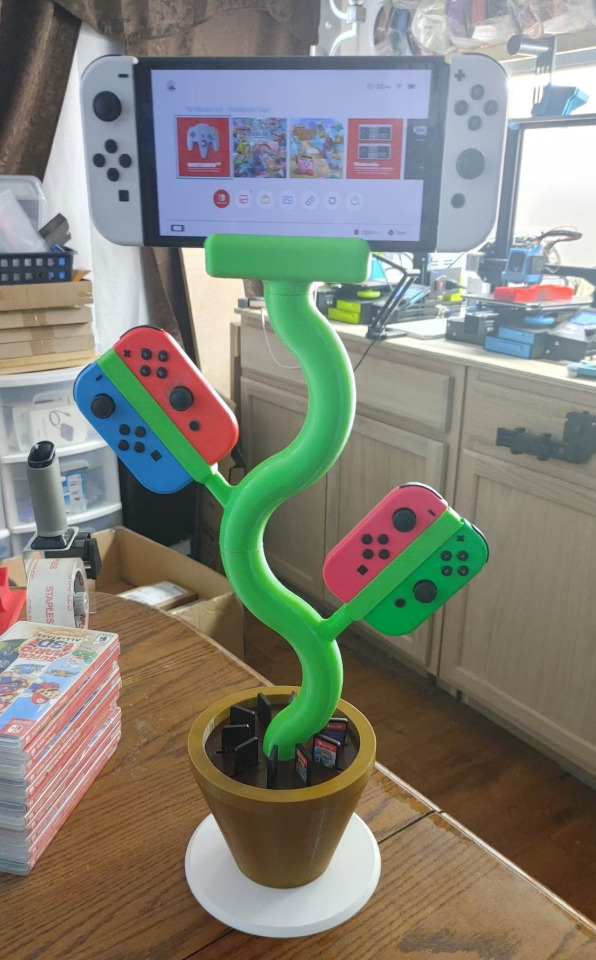



Nintendo Switch Plant Dock made by 3DPrintedCanada
#nintendo#switch#gaming#videogames#nintendo switch#mario#piranha plant#nintendo switch oled#nintendo switch lite#video games#art#crafts#3d printing#switch dock#cute#wholesome#plants#cottagecore#aesthetic#gifts#merch#joy cons#super mario
597 notes
·
View notes
Text





























Super Mario "Yeah" buttons I've made for a silly Twitter trend that I thought I'll share ❤️
(Art obviously not made by me. And anyone is free to use them! Have fun!! ^^)
#nintendo#super mario#miiverse yeah#mario#yoshi#pauline#luigi#waluigi#wario#peach#daisy#rosalina#toad#toadette#bowser#bowser junior#chain chomp#piranha plant#koopalings#goomba#boo#koopa#wiggler#birdo#dk#diddy kong#as you can tell i had a lot of fun making these lol
988 notes
·
View notes
Text

Plant GAAANGGGG!
#dynamotoon#art#tageverything#fanart#artists on tumblr#nintendo#original art#nintendo switch#animation#mario wonder#mario enemies#mario fanart#super smash ultimate#super mario bros#super smash bros#super mario#mario#mario bros#mario and luigi#pirahna plant#pirahna#plant gang
507 notes
·
View notes
Text
ok this sounds insane but in 2018 i went to a few carnivorous plant talks at the botany conference in minnesota. i got caught up in conversation with one of the guys there who was a huge nepenthes guy who told me a story about another collector in the pacific northwest who'd been buying poached plants, like a huge amount, and eventually got staked out by the fish and wildlife service and arrested and had all his plants seized and went to prison for it. idk if i ever talked about this on this blog before-- i know i liveblogged a lot from that conference but cant remember what all i posted-- but ive avoided talking about it since then because i was never able to find like, news articles or anything covering it, but behold.... we now have proof it was real, and im like 80% sure this was this guy he was talking about. the raid happened in 2016 and they'd been staking them out since 2013. he had nearly 400 plants and had been sourcing many of them from poachers in indonesia and borneo.
remember folks: poaching happens with plants too! it's a huge problem not only in carnvirous plants (nepenthes especially, which this piece is dedicated to talking about) but also in native plant populations in the US, including native carnivorous plant populations (north and south carolina's venus fly traps, california's darlingtonia, and sarracenia from the east coast), native orchids (historically one of the most poached categories), desert plants/cacti/succulents, and slow-growing woody ornamentals (cycads, for example). never buy bare-root plants off ebay or facebook! your best bet is local nurseries (which usually purchase farm-raised plants that do well in a wide range of conditions, and as a result have a healthy population in the wild) or specialty greenhouses (more expensive, but at least in the case of carnivorous plants offer young plants bred from established adult plants in-house, raised in captivity).
#super sad piece fellas like this shit guts me i cant even stress it enough#stories about nepenthes poaching hit different#there are hundreds of species#some are really common and widespread all over indonesia/china/japan/oceania#and some are like. super hyperadapted to one specific ridge on one specific mountain#theyre still being recorded and stuff because theyve speciated so much#so youll have a plant that has like. a max of 15 adults in the population at any given time. literally a nightmare scenario#AND theyre diaceous (there are male plants and female plants). doesnt seem like a problem until you think about the population dynamics#there not only has to be two plants but the plants have to be a male and a female#and people living there have reason to take them. like the poacher interviewed in this article does it to supplement his income#from working at a horrifying rubber production ordeal to feed his wife and kids#and he says everyone in his village does the same for the same reasons#nightmare!! nightmare!! nightmare horrible nightmare world!!! horrible fucking nightmare!!!!#nepenethes#carnivorous plants#poaching#conservation
11K notes
·
View notes
Photo

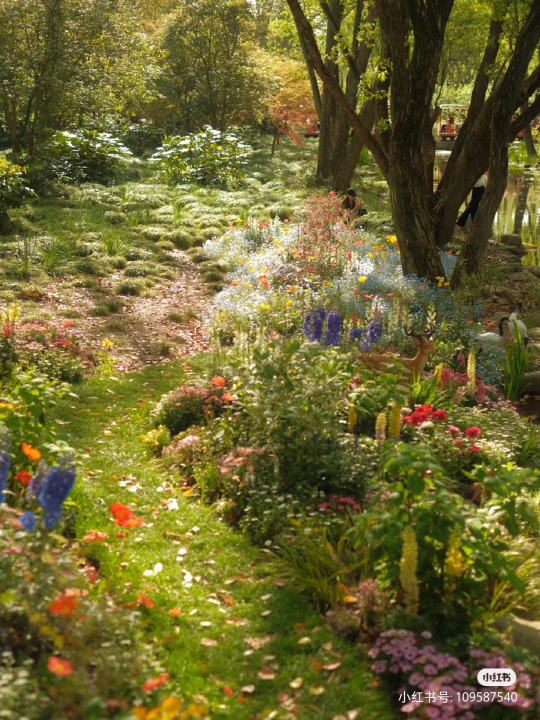
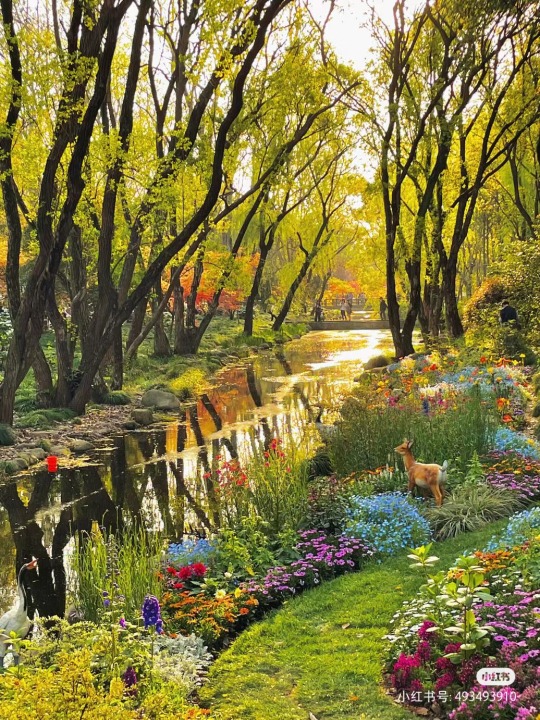

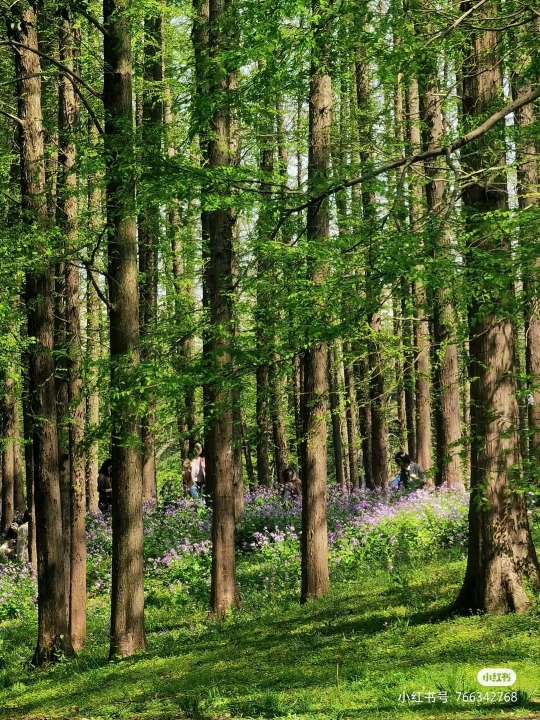
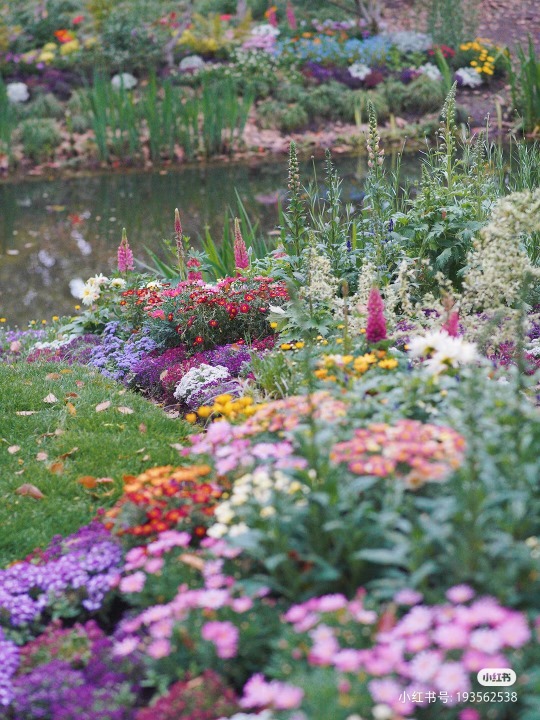




a corner of gongsen park in shanghai
#china#scenery#landscape#photography#travel#nature#flowers#floral#blossoms#blossom#flower#plants#don't go there on weekends super crowded
4K notes
·
View notes
Text

So I recently played Super Mario Wonder
830 notes
·
View notes
Text
I’m sure everyone remembers the article from 2020 where researches found three-ply cordage made by Neanderthals.^
But did you know that in the supplemental material for the article, it mentions that pine needles can be made into textiles?^^ As someone who works with textiles myself, I had come across pine needles as a dye stuff, but not as a fibre.
The source is listed as "L’acquisition des matières textiles d’origine végétale en Préhistoire" by Fabinne Médard. It talks about how other fibres, including brambles and broom could have been used prehistorically for a similar purpose, as well as flax. However, it contains only one metion of pine needles.
“Les aiguilles du pin sylvestre (Pinus sylvestris L.) fournissaient, après rouissage, une matière textile appelée « laine des forêts » qui remplaçait la ouate et l’étoupe dont on faisait également des tissus (Mathieu [1858] 1897)" *
The needles of the Scots pine (Pinus sylvestris L.) provided, after retting, a textile material called “forest wool” which replaced wadding and tow from which fabrics were also made.
So Scots pine needles were processed, spun and woven, or simply used directly after processing, potentially prehistorically.
If you follow the source for the quote above, it takes you to a book from 1860 called Flore forestière; description et histoire des végétaux ligneux qui croissent spontanément en France et des essences importantes de l'Algérie. It says:
“On fabrique depuis quelques années, avec les faisceaux fibreux, allongés, et tenaces des aiguilles, une espèce de drap grossier.” **
For several years, we have been making a kind of coarse cloth using the fibrous, elongated and stiff bundles of the needles.
So this processing of pine needles was also happening in the 1800s.
Another souce from the 1840s describes the texture of forest wool as resembling "...horsehair, and has been used for stuffing mattresses"** and that an industry sprung up in Humboldtsau, near Breslau for processing it. Manufacturies for forest wool then spread to Sweden, Holland and France, which may explain the mention in the 1860 Flore forestière.
Despite looking a bit more, but couldn't find much else on the subject expect a recent masters thesis in German (which I couldn't access) and an article on the designer Tamara Orjola.
Orjola's work investigates the modern use of pine needle fabric, showing there is still interest in it. She says:
"Forest Wool began with research on the forgotten value of plants. Valuable local materials and techniques are left behind due to the unwillingness of mass-production to adopt more sustainable practices. In the old days the pine tree was used as food, remedies, to build homes and furniture and for many other purposes. Nowadays, it is only valuable for its timber." ***
I find the line from prehistory to now facinating - that people have looked to something as mundane as a pine needle to spin, especially as researchers are discovering a lot of what they thought was linen fabric is actually ramie (from nettles).
As far as I can tell, only Pinus sylvestris L. and one other variety was used. I am not sure what makes that tree more suitable than other pine trees, or if it was simply a question of availability. In terms of processing, the answer as far as I can tell is retting, presumably followed by scutching and hackling - similar to how flax is processed. However I have not done that myself and cannot speak to the specifics.
It would be something intresting to try though.
________
^ https://www.nature.com/articles/s41598-020-61839-w#MOESM1
^^ https://static-content.springer.com/esm/art%3A10.1038%2Fs41598-020-61839-w/MediaObjects/41598_2020_61839_MOESM1_ESM.pdf
* https://journals.openedition.org/nda/602
** https://www.proquest.com/openview/276605d708970d416923b94e8856d20b/1?pq-origsite=gscholar&cbl=41445
*** https://lampoonmagazine.com/article/2021/05/15/recycled-wood-pine-needles-byproduct/
#fabric#history#i was consumed by the spirit of academia and could not stop reading french articles#please excuse the use of Google translate#my French is okay but not academic article good#it’s just a super interesting topic#the variety of plant fibres used for textiles is always larger than I think
800 notes
·
View notes
Text
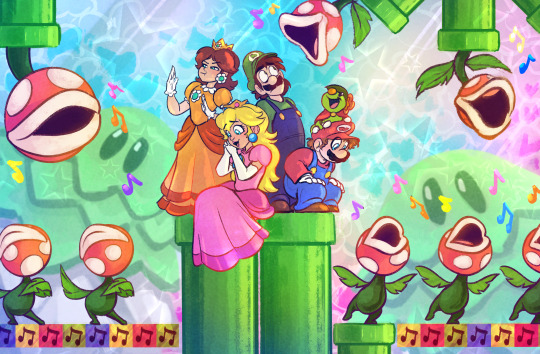
I bought Mario Wonder for my sisters for Christmas, and the singing piranha plants are hands-down the greatest thing Nintendo has ever done.
Merry Christmas!
#smb#super mario bros#mario wonder#piranha plants on parade#also is prince florian a reference to mario ova??#I kept thinking that when we were playing
1K notes
·
View notes
Text

So i start doodle dumps constantly but almost NEVER finish them, so I decided to chuck a bunch of my doodles together because why not. The contents of this are:
-Doodle of Peach based on a panel from "Super Mario Adventures"
-Several enemies from Super Paper Mario
-An SPM Bad End AU where the moment Mario hesitates to answer Dimentio in chapter 8-3, he gets Floro Sprouted, and Luigi ends up realizing this and having to leave even though he doesn't want to
-Mario 64 Mario
-Peach and Daisy in outfits they wore in part 2 of The 3 Little Princesses bc they were cute
-Daisy redesign
-2 TTYD Doodles, one of Mario with the Map, one of Mario when his name got yoinked
-Paper Mario grieving over Olivia and Bobby
-Mr L with the Thunderhand
-Luigi's Mansion 3 but he has pajamas on.
-An elaboration on the 3 separate Marios (please talk to me about my Marios please they are 3 separate guys)
(reblogs with comments/tags are appreciated. Thankyu)
#super mario#super mario adventures#super paper mario#super mario 64#paper mario ttyd#paper mario the thousand year door#luigi's mansion 3#paper mario the origami king#pmtok#origami king spoilers#super paper mario spoilers#tw mind control#tw lightning#tw plant horror#tw body horror#ask to tag#germdraws#germ draws#mario#luigi#princess peach#princess daisy#mr l super paper mario#theres so much here i wanted to get this out before im unable to draw
352 notes
·
View notes
Text

226 notes
·
View notes
Text
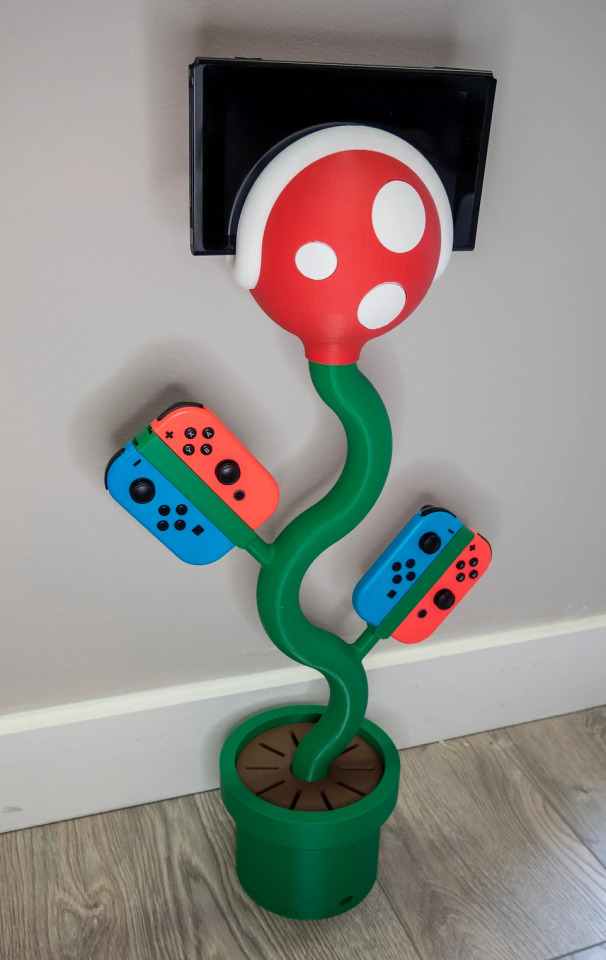
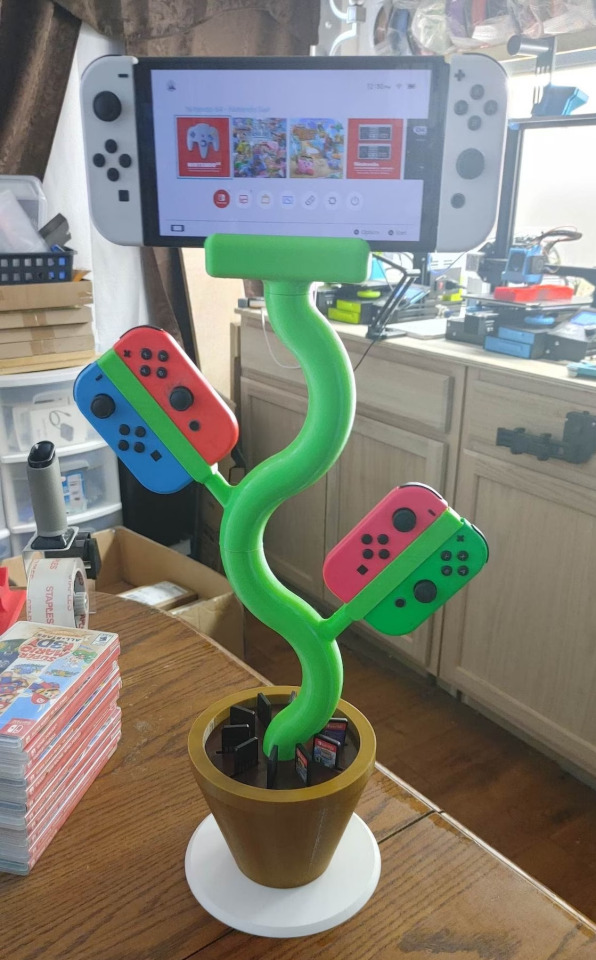


Nintendo Switch Plant Dock made by 3DPrintedCanada
#nintendo#switch#mario#nintendo switch#tiktok#piranha plant#nintendo switch oled#nintendo switch lite#art#crafts#3d printing#gaming#video games#super mario wonder#super mario odyssey#mario kart#cute#retro#super mario bros#super smash bros#ssbu#joy cons#joy-cons#nintendo switch dock#nintendo switch stand#gifts#merch#etsy#artists#retrogaming
1K notes
·
View notes